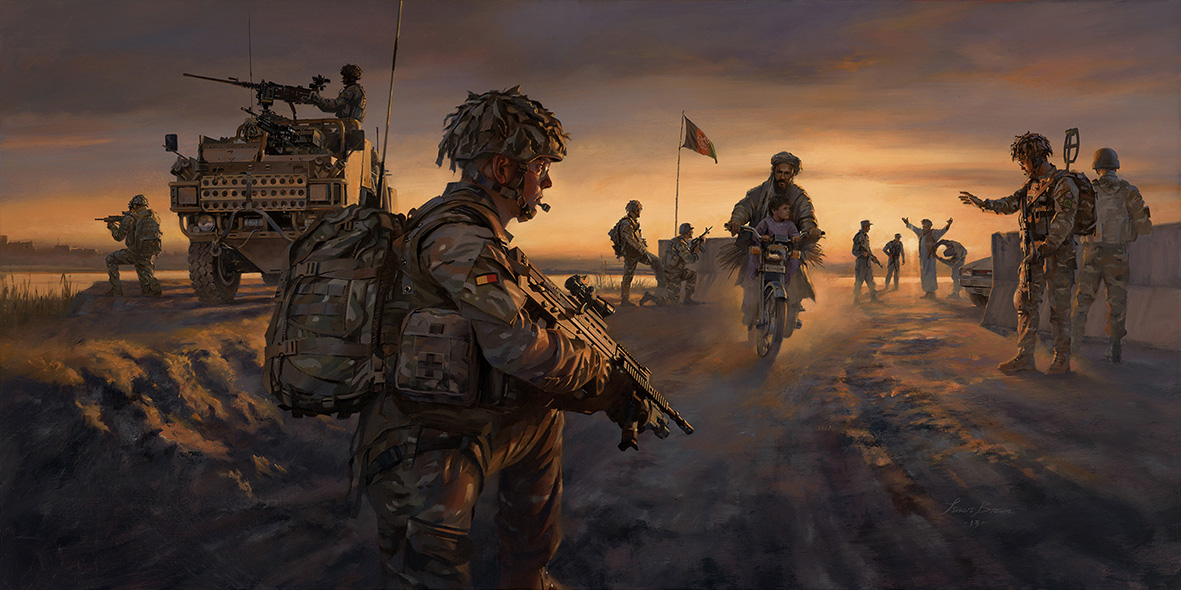


The lack of sufficient strategic airlift in most member states meant that "you might have the troops, but no means of putting them on the ground" - which defeats the very rationale of a quickly deployable force.Īs most of the Nato countries are also EU members, it is obvious that troops and technical equipment is scarce for both EU battlegroups and Nato missions, some MEPs noted. The Swedish diplomat talked about "variations" in the political commitment of member states when it comes to making the battlegroup they contribute to really deployable. They need the unanimous approval of all EU member states in order to be deployed, which is the main reason why they have not been used so far.ĭefence ministers will discuss the matter at the end of the month and possibly consider ways of making the mechanism more "flexible", for instance by deploying just parts of a battlegroup when needed. Set up for deployment within 5-10 days, the battlegroups are designed as rapid response forces in emergency situations, when the United Nations or Nato cannot intervene quickly enough. The two battlegroups on call rotate every six months and are selected from a total of 18. Since January 2007, the EU has in theory always had two battlegroups on call, each comprising at least 1500 combat soldiers from one or several member states.


 0 kommentar(er)
0 kommentar(er)
